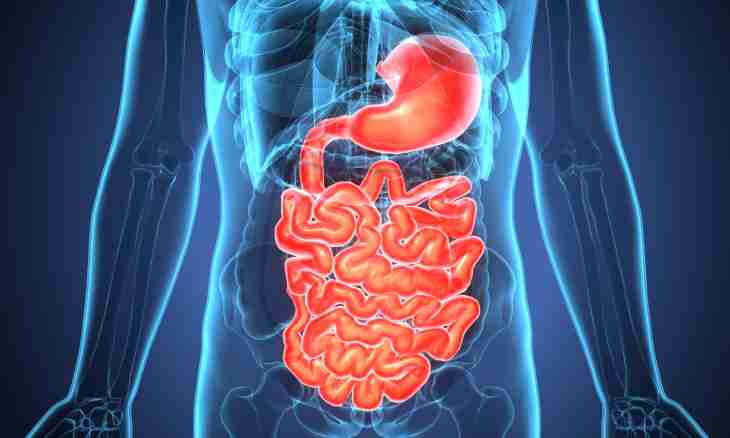Nutrients are necessary for the person for activity: proteins, amino acids, monosugar, etc. All this is in food, but in a difficult, malousvoyaemy look. That cages received substances necessary for them, food has to be subjected to splitting. This task is carried out by digestive system.
Digestion is a process of mechanical processing of food and its chemical splitting on soluble, digestible substances which then are transported by blood to organism cages. And the set of the bodies which are carrying out this process is called digestive system. Its structural units are the digestive channel and digestive glands. The digestive channel consists of the following departments: mouth, throat, gullet, stomach, large and small intestine. Small digestive glands to contain in a large number in a mucous membrane of the bodies participating in processing of food. And large glands, such as salivary, the pancreas and a liver are outside a digestive tract and on channels excrete enzymatic juice in his cavity. Juice of digestive glands contains enzymes which catalyze strictly certain reactions: some groups of enzymes split proteins, the second - fats, the third - carbohydrates. Digestive system in a human body performs three functions: sekretorny, motive and vsasyvatelny. Sekretorny function consists in chemical treatment of food juice which develops digestive glands. As a result complex carbohydrates, fats and proteins are split to the plain soluble monomers capable to get through cellular membranes. Motive function is made thanks to a vermicular movement (reduction of muscles of walls) of a digestive tract. And it promotes careful hashing of food on the course of its advance from one department of a system in another. After digestion process, nutrients get to a lymph flow and a blood-groove through certain sites of a mucous membrane of bodies of the digestive channel. And by that vsasyvatelny function is performed. As digestive organs are inaccessible for direct observation therefore various methods of their research were developed: radiological, ultrasonography diagnostics, biopsy, laboratory methods, etc.

